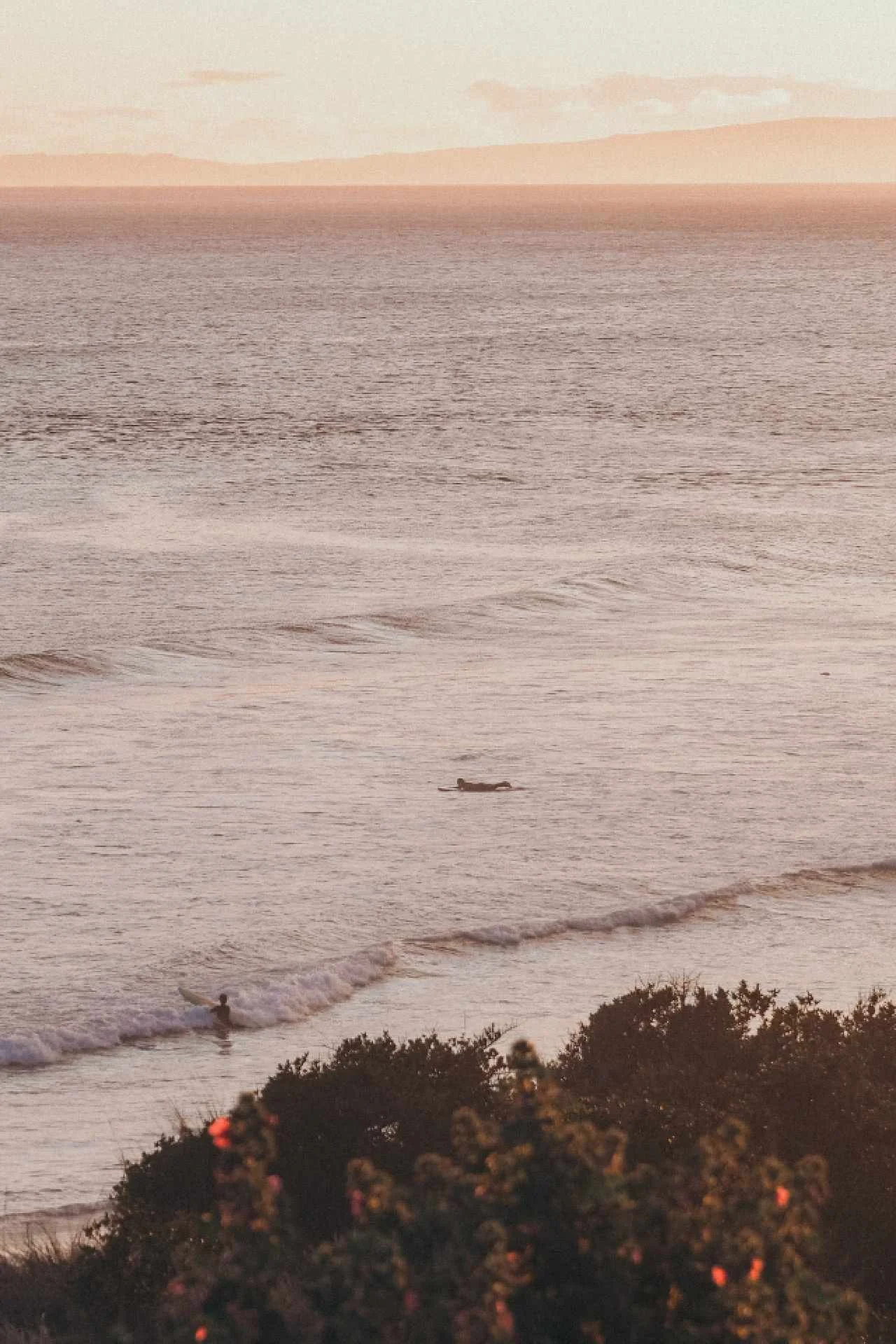What to pack for New Zealand in March (weather + travel tips)
Warm weather and long days make March one of my favourite months to travel New Zealand
March in New Zealand signals the official end of summer and start of autumn. Temperatures start to dip a little, and days get shorter.
However, there is typically plentiful sunshine and warm temperatures until the end of the month. Along with fewer tourist crowds, this makes March an excellent time to visit New Zealand.
It’s one of my favourite times to travel, with amazing weather for hiking and swimming.
Is March a good time to visit New Zealand?
March might be the best time to visit New Zealand. School has started again and summer holidays are over, so the crowds have gone, but the days are full of sunshine.
The summer months —especially January — are very busy in most places around New Zealand. So it’s nice to be able to enjoy outdoorsy activities in March without the busyness of the holidays.
While summer might officially be over, the weather is generally lovely and warm. Plus the days are still long, with the sun setting around 8pm. This allows more time for exploring.
The water temperatures are still warm in March, so it’s a great month for swimming at New Zealand’s beaches and rivers.
As its shoulder season, you will also see more availability for rental campervans and accommodation, which means less stress about booking months in advance and potentially lower prices.
Purakaunui Bay in the Catlins, March 2024
My March travels
In March 2024, I travelled from Abel Tasman National Park — where I went on a 3 day kayaking and hiking adventure with friends — down to Kaikoura, Christchurch, Oamaru, and the Catlins.
I went as far as Invercargill, stopped in Te Anau to visit Fiordland, and then spent a week in Queenstown.
I spent the entire month of March in the South Island and it was at times warm and sunny, but a lot of the time quite cold. Christchurch was gloomy and overcast while I was there, and the Catlins were beautifully sunny but breezy.
In Te Anau it rained, as it often does in Fiordland, and in Queenstown it was very chilly and there was even a light dusting of snow up on the mountain tops.
On an overnight hike to Earnslaw Burn I was freezing in my sleeping bag, but we were camping under a glacier. During the day, it was hot and sunny and we stripped off to t shirts and shorts.
So, to summarise, in one month I experienced most kinds of weather.
New Zealand weather in March
Here are some of the average high/low temperatures across the North and South Islands in March.
In the South Island, particularly in Queenstown and Christchurch, sunny days are still warm but temperatures start to dip in the evenings.
Auckland: 23°/15° Celcius, or 73°/59° Fahrenheit
Wellington: 19°/13° Celcius or 66°/55° Fahrenheit
Christchurch: 20°/10° Celcius or 68°/50° Fahrenheit
Queenstown: 19°/7° Celcius or 66°/44° Fahrenheit
Good weather is never a guarantee in New Zealand, but in March you have a pretty good chance of warm, sunny days.
March is an excellent month for hiking, and balmy sea water temperatures mean it’s still possible to get in lots of beach days.
I’ve had some stunning overnight treks in Mount Aspiring National Park during March and enjoyed a road trip up around Cape Reinga and Northland in March too.
Evenings are still long in March, which is awesome for camping and overnight hikes.
What to pack for New Zealand in March
The weather in March is generally a few degrees cooler than in January and February, but still warm overall.
You won’t need to worry about heavy layers like thick puffer jackets, but it is handy to have wet weather gear and a light jacket so you can layer up and down as necessary.
You’re more likely to need a warm outer layer in the South Island — I know people who visited Aoraki Mount Cook Village in early March and the temperature dropped below zero overnight.
No matter where you go in New Zealand, you’ll want warmer clothes to change into in the evening, so a cosy jumper and long pants won’t go astray.
Pack your swimsuit — with warm sea and air temperatures, there are ample opportunities for swimming.
March is still sandal weather, so pack a pair of Tevas or Birkenstocks along with your hiking boots or sneakers.
Travel tips for visiting New Zealand in March
March is shoulder season in New Zealand, so you shouldn’t experience the crowds you would during January and February, but sometimes Easter falls at the end of March. If this is the case, you can expect activities and accommodation to be busier, as locals enjoy their last holiday before winter.
Wear sunscreen! March is still a hot and sunny month, despite officially being autumn, so make sure to pack a hat and plenty of sunscreen.
March is the start of feijoa season in New Zealand. If you’ve never tried this small green guava, March is a great time to sample one of New Zealand’s favourite fruit! You can buy them in supermarkets, but you’ll also see them dangling from many people’s hedges as you walk through towns in the North Island, and often people have such an abundance they give them away by the bagful.
March is also the season for apples, kiwifruit, stone fruit, chestnuts, and blackberries — if you keep an eye out, you can forage for these berries on walks or along the sides of the road.
March is the season for the wine harvest, so you might spot workers picking grapes among the rows of vines. The harvest doesn’t affect cellar door openings though, so you can still plan to visit wineries around the country.
With such an abundance of food available for harvesting in March, it makes sense that Wildfoods Festival in Hokitika takes place during this month.
You might also like:
Thanks for reading this far! I hope this post helped you decide whether or not to visit in March.
If you’re still in the early stages of planning your trip, you might also find these posts useful:









